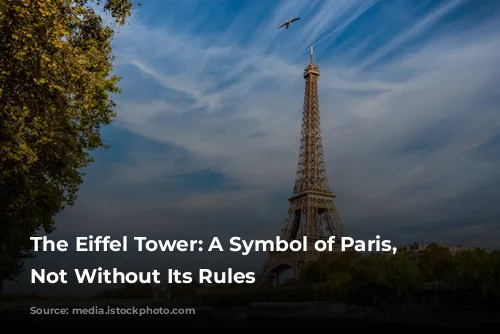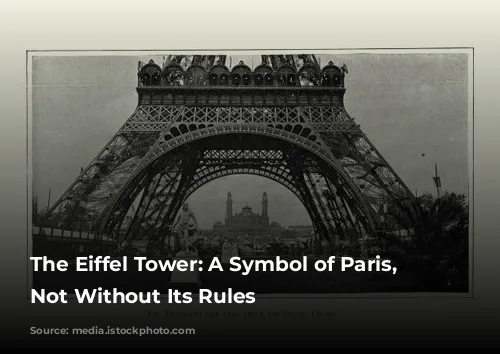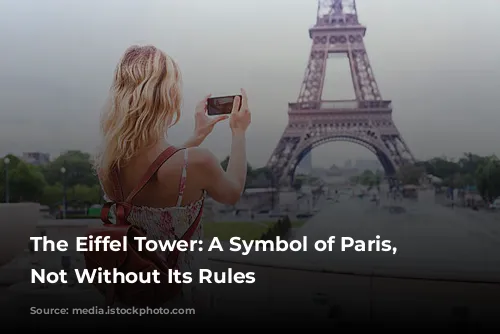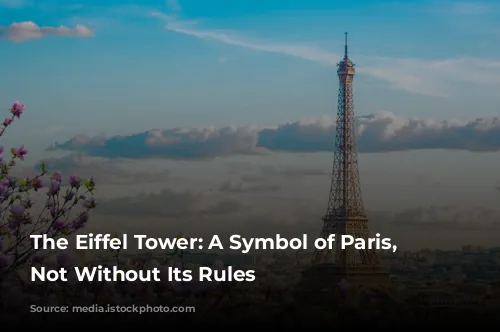The Eiffel Tower stands as a global icon, symbolizing both Paris and France itself. Its mere presence sparks the imagination, captivating artists, filmmakers, and photographers alike. This renowned monument is a popular destination for various creative endeavors, with many seeking to capture its beauty through film, photography, or other artistic mediums.
However, the Eiffel Tower’s popularity and accessibility extend beyond artistic expression. Its image graces countless objects, each a testament to the magic it embodies.
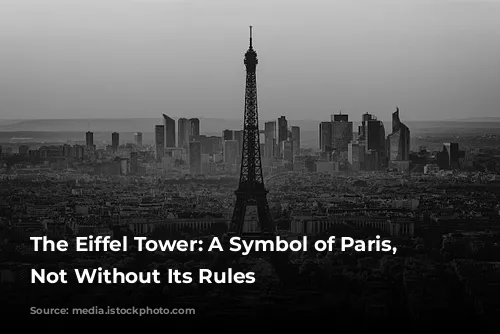
Filming the Eiffel Tower: A Unique Experience
The Eiffel Tower offers unique filming opportunities both day and night, providing a variety of perspectives and access to different areas.
- Views from the Tower: Experience panoramic views of Paris from the two floors of the Eiffel Tower, offering vantage points at 57 meters or 116 meters above the city.
- Diverse Locations: Filming options extend beyond the main floors, encompassing the forecourt, areas not open to the public, and other unique spaces.
- Dedicated Team: The Eiffel Tower’s dedicated team meticulously considers each filming project, ensuring that technical and artistic needs are met, while adhering to the monument’s specific requirements. This dedication ensures a fair rate for every production.
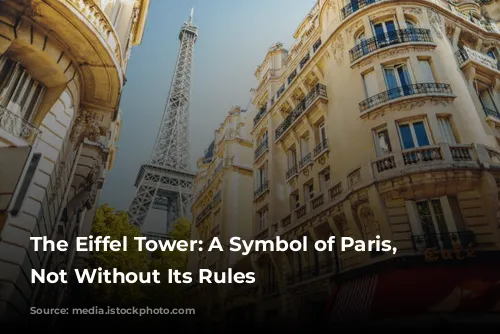
Night Filming: Special Considerations
Filming the Eiffel Tower at night presents a special opportunity to capture its illuminated beauty. However, due to the protection of the Tower’s lighting, image rights apply for all nighttime filming.
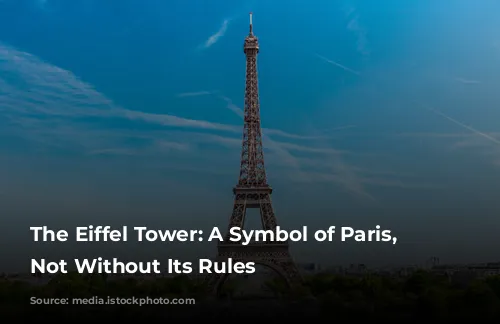
Filming the Eiffel Tower: Daytime vs. Nighttime
Daytime filming offers greater flexibility and accessibility.
- Daytime Access: Filming can often occur during both daytime and nighttime, usually away from public areas to avoid disrupting the monument’s operations.
- Service Lift: A dedicated service lift connects the ground level to the second floor, boasting dimensions of 2.30 meters in depth, 2.50 meters in width, and 2.20 meters in height, with a door opening of 1.30 meters by 2.10 meters.
- Technical Planning: Prior to filming, a planning phase focuses on technical solutions and safety regulations, ensuring smooth operation and safety for teams and equipment.
- Extended Lighting: The Eiffel Tower is known for its iconic lighting. The team is willing to consider requests for extended illumination times on a case-by-case basis.
- Vehicle Access: Limited parking is available on Avenue Gustave Eiffel for unloading purposes. However, vehicles must be moved promptly after unloading.
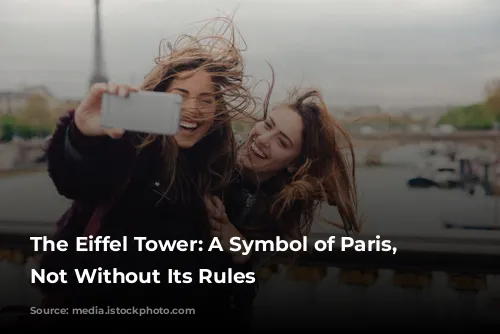
Image Rights: Daytime vs. Nighttime
Daytime usage of the Eiffel Tower’s image falls within the public domain. This means no prior authorization is required from SETE, the company managing the Eiffel Tower’s image on behalf of the Paris City Hall.
Nighttime usage, however, requires prior authorization from SETE due to the protected nature of the Eiffel Tower’s illuminations. This use is subject to payment of rights, with the cost determined by factors such as intended use and media plan.
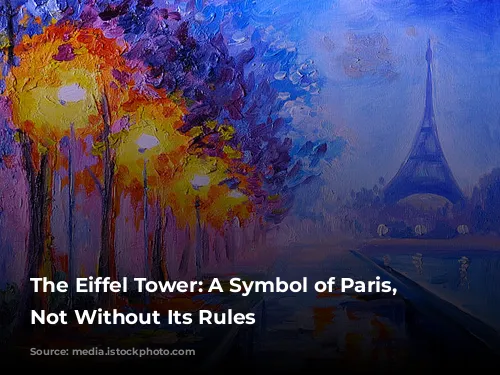
Personal Use vs. Professional Use
While personal use of images taken from the Eiffel Tower does not require prior approval, professionals must contact the Eiffel Tower team to understand the applicable usage conditions.
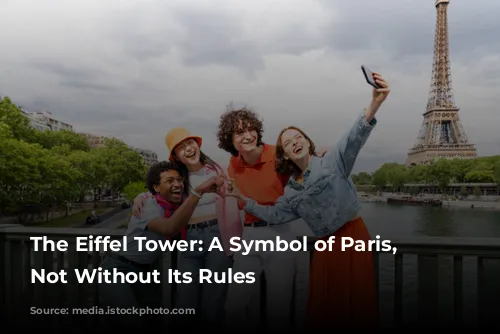
The Eiffel Tower Brand: Protection and Licensing
“The Eiffel Tower” is a registered trademark and is therefore protected by trademark rights.
- Brand Usage: Products featuring the Eiffel Tower brand must undergo a licensing agreement process, reviewed on a case-by-case basis.

Conclusion: Respecting the Eiffel Tower’s Legacy
The Eiffel Tower, a global icon, offers unique opportunities for filming and image usage. However, it’s crucial to respect the monument’s legacy and its protected image. Whether capturing the Eiffel Tower’s beauty for artistic endeavors or using its iconic brand, understanding the regulations and seeking proper authorization ensures a harmonious relationship with this iconic landmark.

